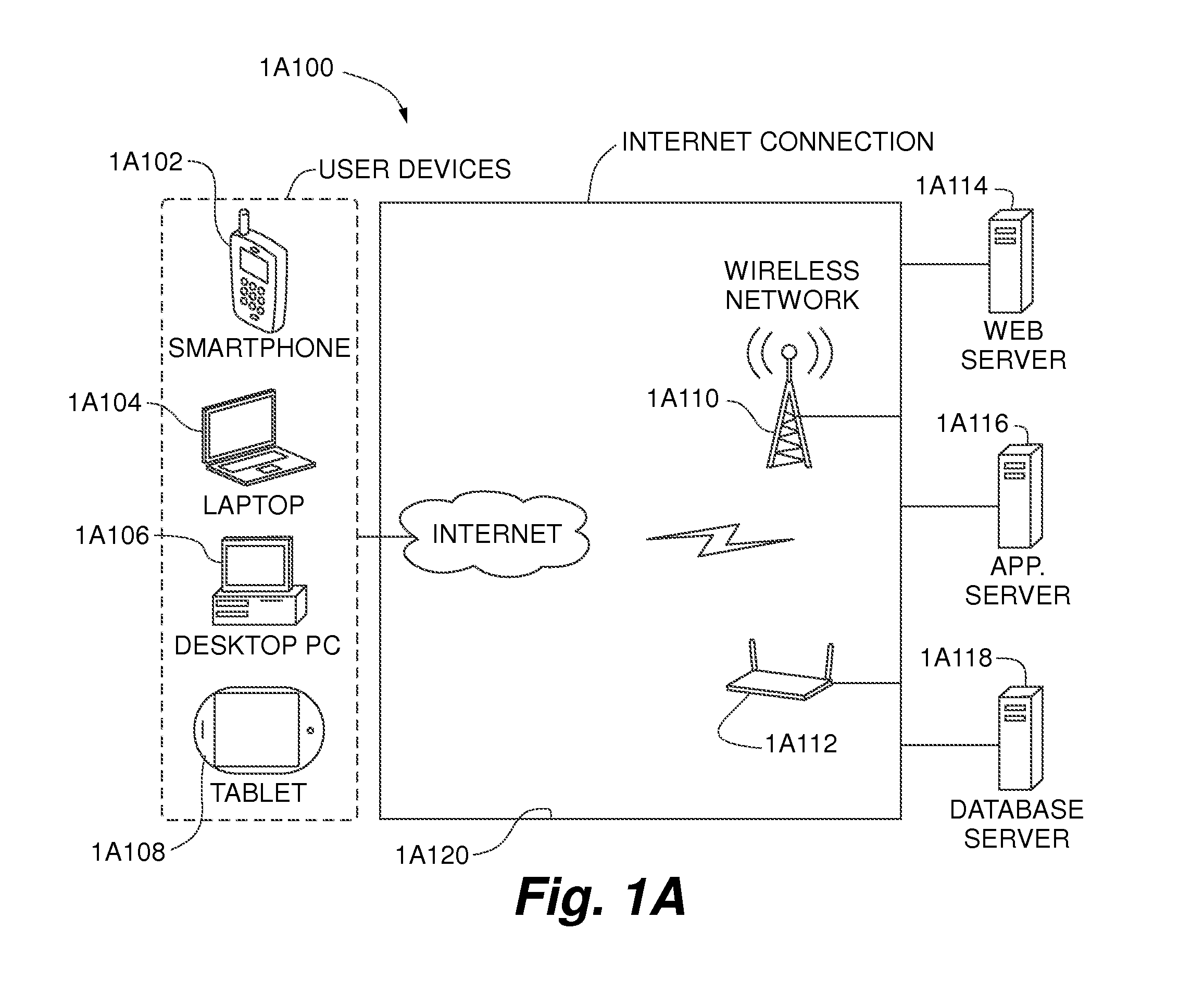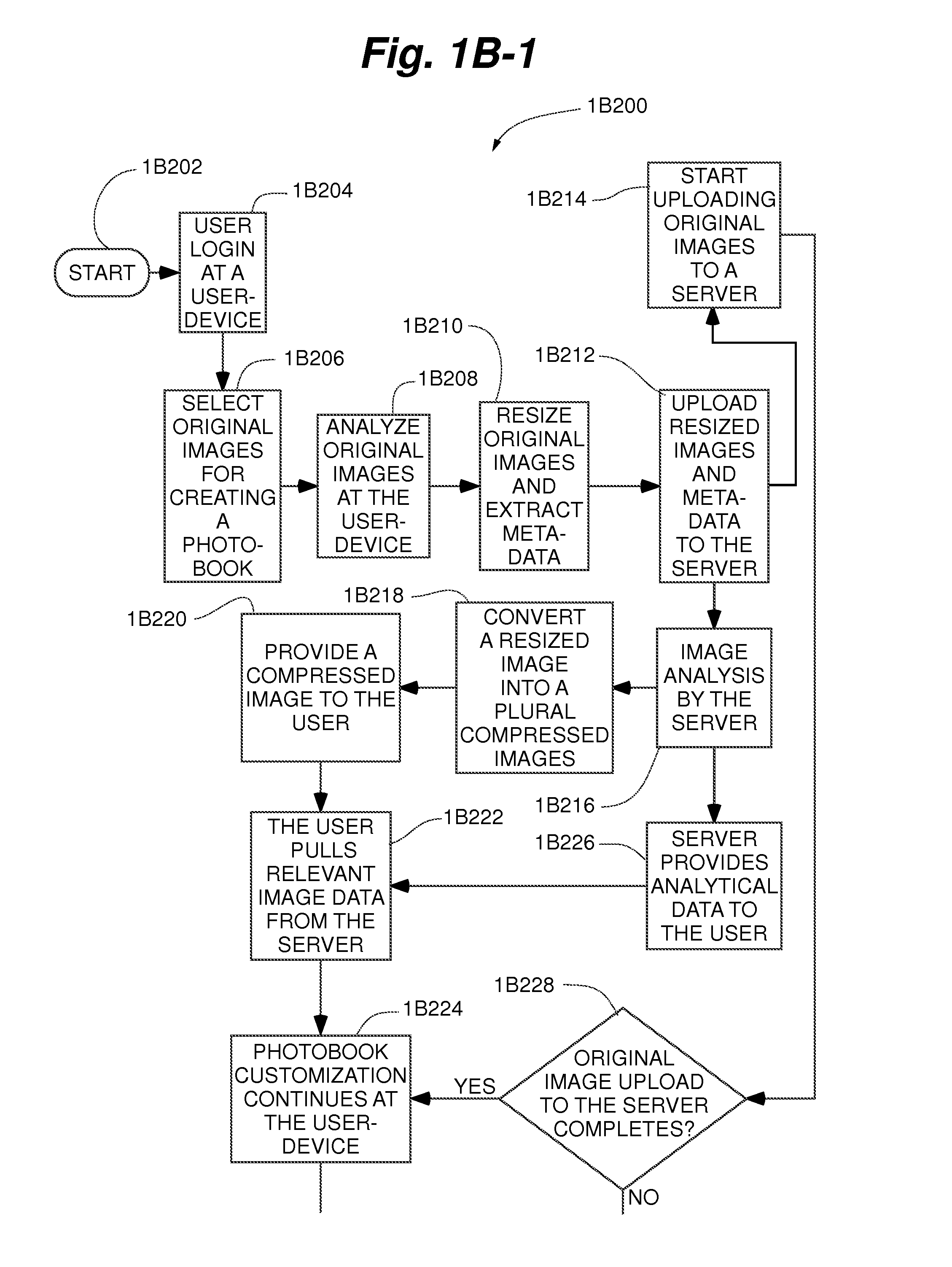Systems and methods for automatically creating a photo-based project based on photo analysis and image metadata
a technology of image metadata and photo analysis, applied in the field of electronic commerce, can solve the problems of insufficient time required by users to create a photo-based project, inconvenient use, and inability to meet the needs of users, and achieve the effect of closer to purchas
- Summary
- Abstract
- Description
- Claims
- Application Information
AI Technical Summary
Benefits of technology
Problems solved by technology
Method used
Image
Examples
Embodiment Construction
Glossary Definitions
[0045]The following terms shall have the below definitions throughout this specification and claims. The terms may be used in the form of nouns, verbs or adjectives, within the scope of these definitions.[0046]“Project”, “photo-based project”, and “media-based project” is a computer-representation of a photo or multimedia based product that is worked on either collaboratively or singularly by one or more users, that is either printed and shipped physically, or delivered electronically to the one or more users[0047]“Communications network” is a collection of terminal nodes, links and any intermediate nodes which are connected so as to enable telecommunication between the terminals. The Internet is a widely communications network.[0048]“Physical medium” refers to an article of manufacture in which computer program code may be stored, said program code later to be executed by a computer having at least one processor, such as a server.[0049]“Data repository” refers t...
PUM
 Login to View More
Login to View More Abstract
Description
Claims
Application Information
 Login to View More
Login to View More - R&D
- Intellectual Property
- Life Sciences
- Materials
- Tech Scout
- Unparalleled Data Quality
- Higher Quality Content
- 60% Fewer Hallucinations
Browse by: Latest US Patents, China's latest patents, Technical Efficacy Thesaurus, Application Domain, Technology Topic, Popular Technical Reports.
© 2025 PatSnap. All rights reserved.Legal|Privacy policy|Modern Slavery Act Transparency Statement|Sitemap|About US| Contact US: help@patsnap.com



